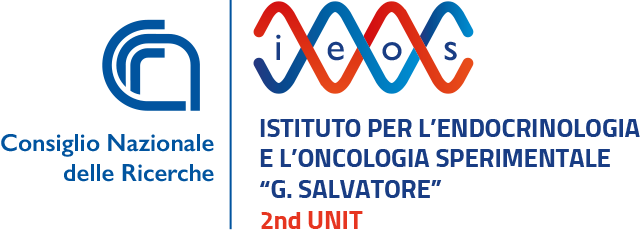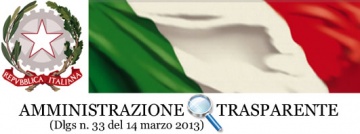Molecular studies toward the comprehension of the role of the polyalanine expansion in the aggregation of PHOX2B: a significant contribution by NMR structural characterization; Emilia Pedone-IBB, CNR
The detection in about 90% of patients with congenital central hypoventilation syndrome (CCHS) of poly-alanine triplet expansions in the coding region of the transcription factor PHOX2B makes this protein an intriguing target for understanding the onset of the syndrome and for designing a new therapeutic approach. Consistent with its role as a transcriptional regulator, it is reasonable to think that transcriptional dysregulation may represent an important mechanism of CCHS pathogenesis. Therefore, our study primarily focused on the biochemical characterisation of PHOX2B variants containing the correct C-terminal tract (20 alanine), one of the most frequent poly-alanine expansions (+7 alanine) and a variant lacking the complete alanine tract (0 alanine). Comparison of the different variants by means of a multidisciplinary approach revealed the aggregation propensity of the PHOX2B variant containing the poly-alanine expansion (+7 alanines) especially in the presence of DNA. Furthermore, and unexpectedly, fibril formation was only revealed for the pathological variant, suggesting a plausible role of such fibrils in the onset of CCHS. Secondly, as structural information on PHOX2B is an important goal to obtain clues to elucidate the onset of the alanine expansion-related syndrome and also to define a viable therapy, we focused on the structural characterisation by NMR spectroscopy of the homeodomain (HD) of PHOX2B and the HD + C-terminus PHOX2B protein both alone and in the presence of the target DNA. The structural model obtained of the PHOX2B-DNA interaction opens up an interesting scenario aimed at elucidating the basis of the onset of CCHS. With the same methodology also the +7 Ala variant was analysed, showing different conformational properties in solution and a strong propensity to aggregate. Overall, therefore, this study paves the way for the future rational design of therapeutic drugs, suggesting as a possible therapeutic route the use of specific anti-aggregating molecules capable of preventing the aggregation of the variant and possibly restoring the DNA-binding activity of PHOX2B.
Host: Giovanna Grimaldi (
Conference Room, CNR, P. Castellino Campus



